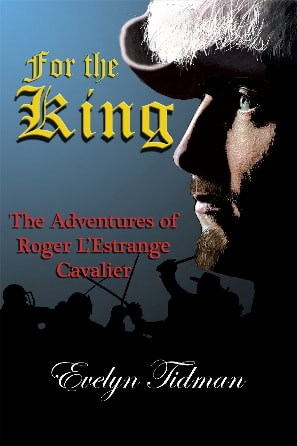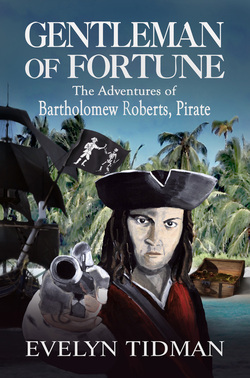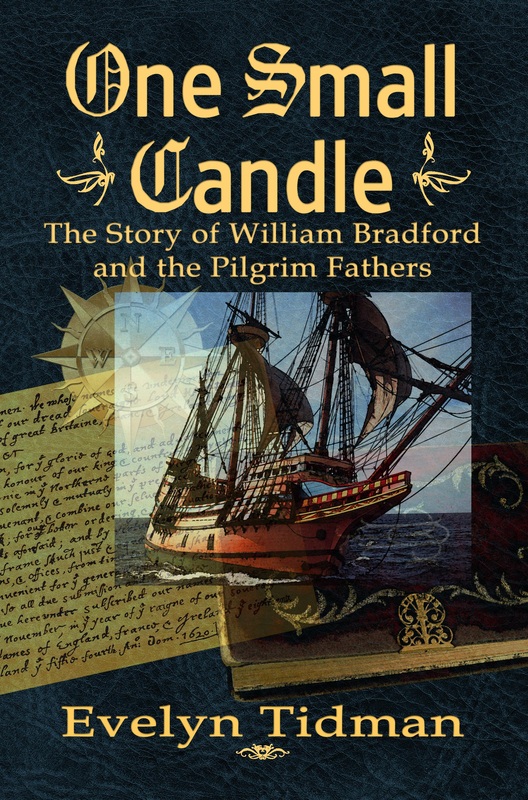However, at times some merchant vessels tried rashly either to outrun them, or to stand and fight. This put the pirates to a good deal of trouble and being basically lazy, they didn't want it. If they'd wanted danger and hard work, they'd have stayed on the merchant vessels from which they were recruited! However, in the eighteenth century many seamen on merchant vessels had likely been in the royal navy. The war of the Spanish Succession saw a great many English sailors in action, but when it ended in 1713 vast numbers of naval seamen found themselves out of work. Finding berths on merchant ships and then recruited by the pirates they were battle-trained and experienced.
When it came to battle the pirates had many advantages over the merchant ships. In the first place, they were faster. A captain would deliberately choose a fast ship and have rigging and sails altered if necessary. A pirate ship had flush decks. As an ordinary merchant vessel, which they all were, it would perhaps have had a raised fore deck and also a raised deck aft. Once a pirate captain decided to use the ship for himself, he would have the decks made flush so as not to hamper the easy movement of men in times of battle. He would also put more guns on her, and mount man-slaughtering swivels on the bow gunwales and also on the stern too. Swivels were small cannon able to move in all directions, and filled with murderous grapeshot. If the aim was right, a swivel could mow down a crew, tear holes in the sails and even bring down a mast.
When the order to beat to action came from the captain, the drummers (yes, pirates had musicians including fiddlers, pipers and drummers on board!) would sound the same drum roll as a naval vessel to summon everyone to their stations and they would clear for action. Since the gun deck was also the mess-deck, where the pirates slept and ate and relaxed, this meant stowing everything away to leave the space free for firing the guns. Someone threw sand on the decks to stop the men from slipping in the blood of those unfortunate enough to get themselves injured or killed. Others brought water, others gunpowder charges (powder tied up in a cloth bag), and of course the cannon balls.
Each man knew what job he had to do. The sailing crew sailed the ship, and was under the control of the sailing master, who usually had the helm. The gunners were also in crews, with a master-gunner over them. Often two, one for each 'watch'. The captain co-ordinated it all. If any man failed to obey the captain in times of action, or deserted his post, he would later be shot by firing squad. Just like on a man-of-war.
Each gun had its own crew of four to six men, and they covered their ears with wadding tied in place. No-one wanted burst eardrums. To fire a gun, they needed first to cover the air vent lest a spark ignite the new charge. Next they inserted a wet sponge on a stick into the muzzle to get rid of any residual sparks, and to cool down the barrel from the previous firing. Failure to do this could result in the charge exploding as it was loaded, killing the men or starting a fire. Then the charge (remember the gunpowder in the bag) was put into the muzzle and rammed down to the end with a ramrod, and the cannonball followed. Uncovering the air vent, they put in a fuse far enough so that it touched the charge. All this took two minutes on the Victory, Nelson's flagship.
Now they could 'run out the gun', usually on that command, that is, pull on the ropes which held it so that it rolled forward until the muzzle was protruding from the gunports in the ship's side. If they could aim it, they would do that now, but the 'aim' really was the domain of the captain, and this was where his skill lay. When the captain yelled 'Fire!' and the gun captains repeated it, someone would light the fuse and then they would all stand well back. The gun's recoil could easily kill a man. The fuse would take two seconds to burn down and fire the gun. Meantime the ship would be rolling in the sea, pitching in the waves. With the wrong pitch of the sea, the gunfire would be useless. The Captain's job was to judge the pitch and roll of the ship and the timing from the word 'fire!' to the actual blast, and at the same time have the sailing master manoeuvre the ship into position.
The aim of firing on a ship was, of course, to disable a ship, or cause enough damage that the captain would 'yield'. If they could put enough holes in the enemy ship's side, coming in close and firing all the cannons on the side closest to the enemy in a broadside, they might well achieve that aim. A broadside was not all the guns firing at once - the resulting explosion would shake their own ship apart! So they fired them one after the other down the whole length of the ship. Another manoeuvre would be to pass behind the enemy ship at right angles to her with a view to putting at least one shot through the stern windows. As the cannonball tore through the length of the ship on the gun deck it would knock out all the guns and cause carnage among the men. Game over.
Once the ship surrendered, or if they could get in close enough, it would be grappling irons and the order to 'Board!' or 'Boarders away.' The quartermaster was in charge of the prize ship, and he would put a prize crew on board and take it in convoy with the pirate ship to the nearest haven where they could loot it in peace. The prisoners were usually released without harm, although not in all circumstances. Crews were offered the option of joining the pirates, but usually not forced. They formed an orderly queue!
The pirates had surgeons on board to deal with the wounded; Roberts had a surgeon on each of his ships.
And if that sound like a naval battle, well, in effect, that's exactly what it was.
GENTLEMAN OF FORTUNE The Adventures of Bartholomew Roberts, Pirate is out now through Amazon.
KINDLE AND PAPERBACK
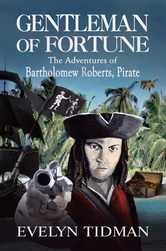
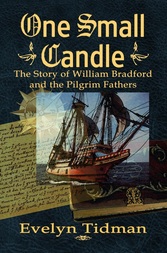
 RSS Feed
RSS Feed
